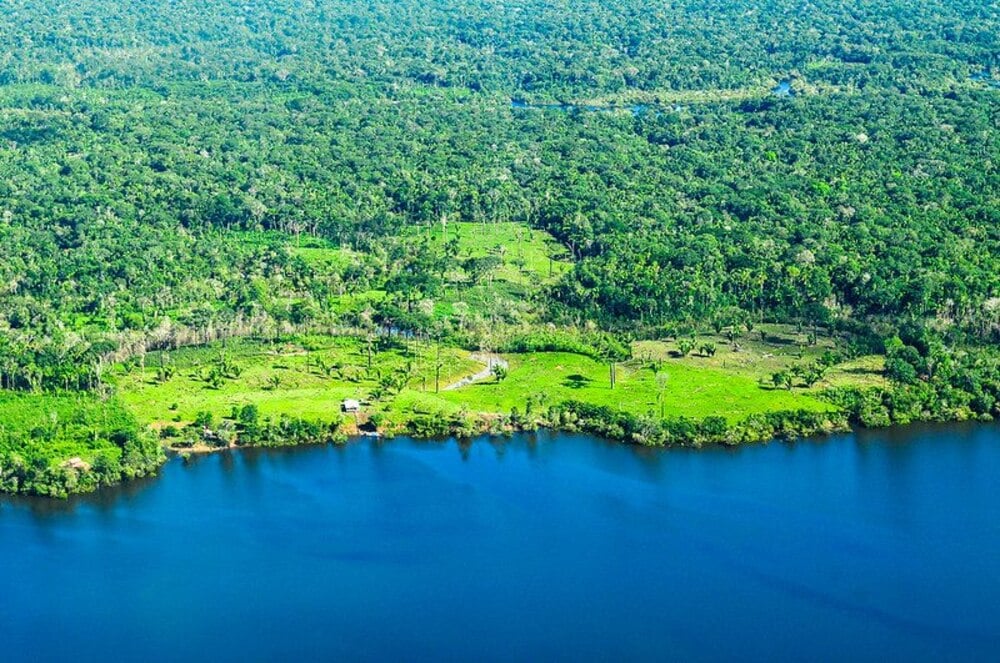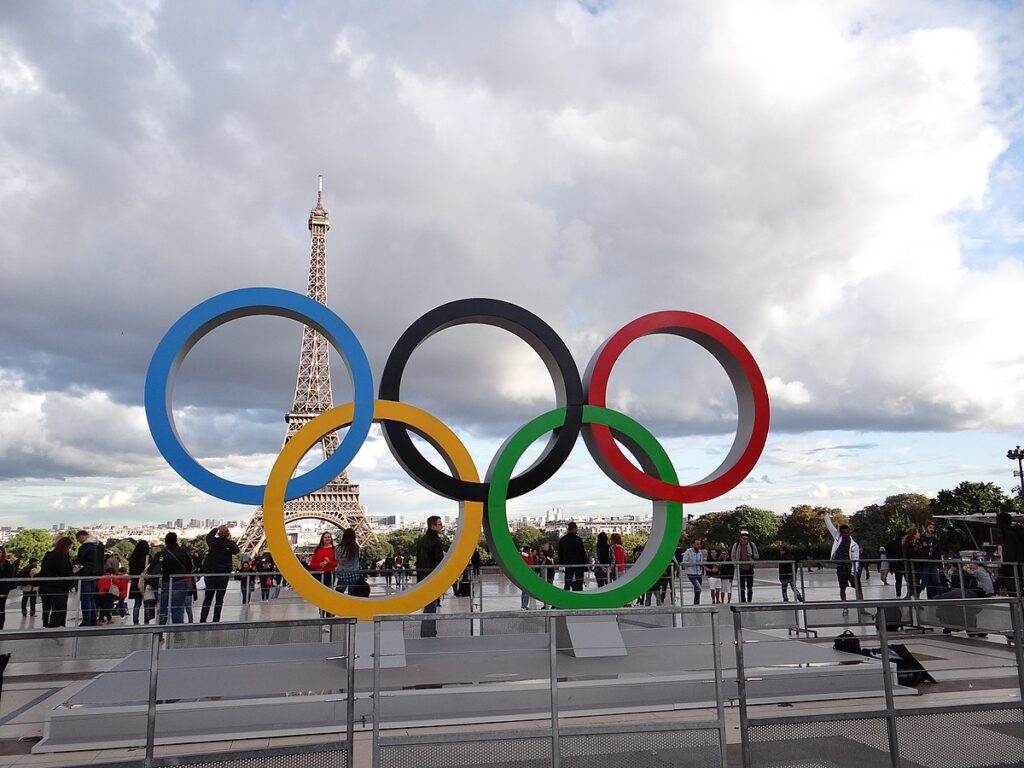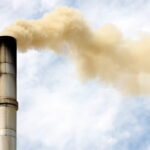Deforestation in the Brazilian Amazon decreased by 45.7 percent between August 2023 and July 2024, marking the largest proportional drop ever recorded for this period, the National Institute for Space Research (INPE) revealed on Wednesday. According to data from the institute’s Deter-B system, the area under alert is 4,314.76 square kilometers (km²), the smallest in the historical series that began in 2016.
The Brazilian Amazon lost 4,314 square kilometers of vegetation between August 1, 2023, and July 31, 2024, marking a 45.7% year-on-year decrease, the government reported on Wednesday. This is the lowest deforestation rate recorded since 2016, the year when the National Institute for Space Research (INPE) began tracking deforestation alerts in the biome. Although this figure is an estimate, it already indicates a significant reduction in deforestation in the world’s largest tropical rainforest, with the official data expected to be released in the coming months when a more sophisticated and accurate system (Prodes) publishes the official rate.
The drop in deforestation in the biome over the past 12 months was driven by reductions in five of the nine states in the Brazilian Amazon: Rondônia (63 percent), Amazonas (58 percent), Acre (54 percent), Mato Grosso (52 percent), and Pará (47.7 percent). Deforestation also decreased in the Amazon’s Conservation Units (-67%) and in Indigenous Territories, where deforestation fell by 50%.
In a press conference presenting the figures, Environment and Climate Change Minister Marina Silva emphasized that when the current government took office at the beginning of 2023, President Luiz Inácio Lula da Silva prioritized a zero deforestation agenda for both the Amazon and all Brazilian biomes. She emphasized that It was possible to have public policies that address deforestation. Before, they focused on deforestation in the Amazon. When they achieved results they moved on to the Cerrado. With new results, they have moved on to the Caatinga, Pampa and other biomes. With more results, they said they would move on to other degraded areas.
The preservation of forests is a priority for the Brazilian government to meet international commitments and in preparation for the United Nations Climate Change Conference (COP30), which will be held in the Amazonian city of Belém do Pará in 2025.
Similar Posts
Meanwhile, in the Cerrado, Brazil’s second-largest biome, there was a 9 percent increase in the same period, totaling 7,015 km². In the Cerrado, the states of the so-called Matopiba region (Maranhao, Tocantins, Piauí, and Bahia) accounted for 75 percent of the area under deforestation alert in the biome.
However, from August 2023 to June 2024, the area under deforestation alerts in the Cerrado biome increased by 15%, totaling 6,571 km² compared to 5,735 km² in the previous period. Deforestation in the Amazon typically increases towards the end of June, before the dry season begins, which extends from August to January.
This year, in addition to the severe drought in the biome due to the prolonged effects of the El Niño phenomenon and climate change, other factors have contributed to the increase in deforestation. According to João Paulo Capobianco, the executive secretary of the Ministry of Environment, the strike at the Brazilian Institute of Environment (Ibama), the country’s main environmental control agency, and the upcoming municipal elections in October, during which mayors tend to be more lenient, have also played a role.
Lula’s government aims to achieve zero illegal deforestation by 2030 and has strengthened resources to enforce environmental regulations, following a period of lax enforcement during the years of the far-right Jair Bolsonaro’s presidency, which accelerated the clearing of native vegetation. According to the government, from August 2023 to July 2024, deforestation decreased in five of the nine states of the Legal Amazon: Rondônia (63 percent), Amazonas (58 percent), Acre (54 percent), Mato Grosso (52 percent), and Pará (47.7 percent). In the Amazon’s Conservation Units, there was a 67 percent decrease, and in Indigenous Lands, a 50 percent reduction during the same 12-month period. Additionally, 48 of these municipalities joined a government program that provides funding transfers for environmental efforts if deforestation is reduced.
This positive outcome followed the launch of the new Action Plan for the Prevention and Control of Deforestation in the Amazon (PPCDAm) in June 2023. Meanwhile, in the 70 municipalities within the biome considered priority areas for combating deforestation, which account for more than half of the deforestation in the Amazon, there was a 53 percent reduction in the area under alert during this period.


















